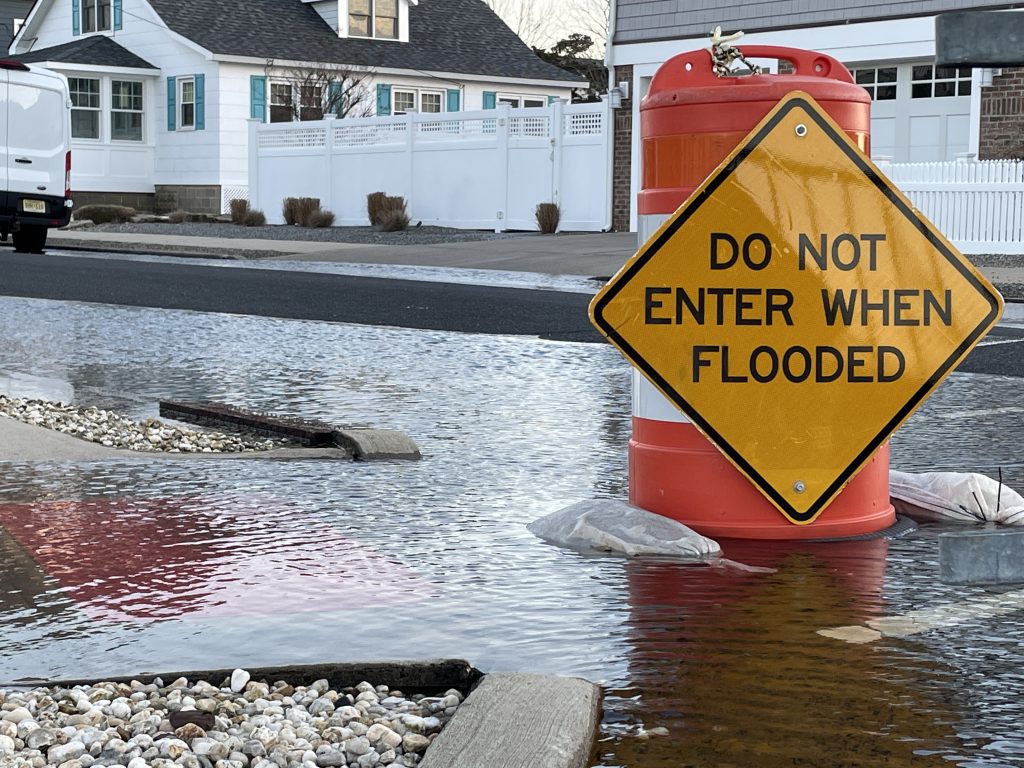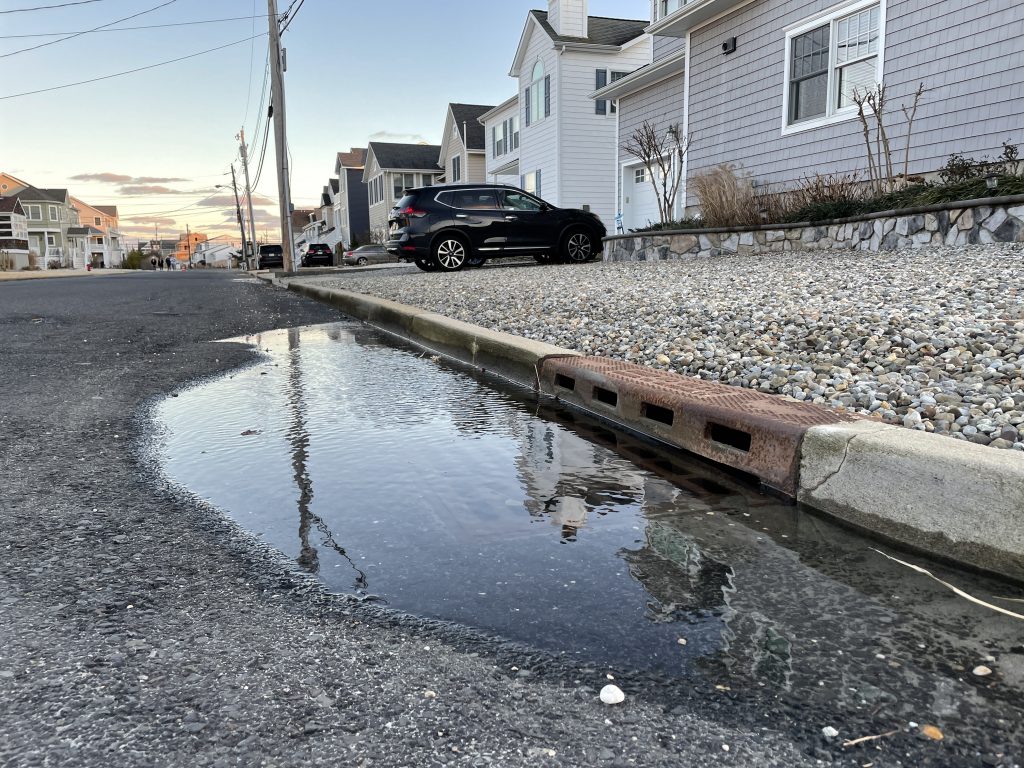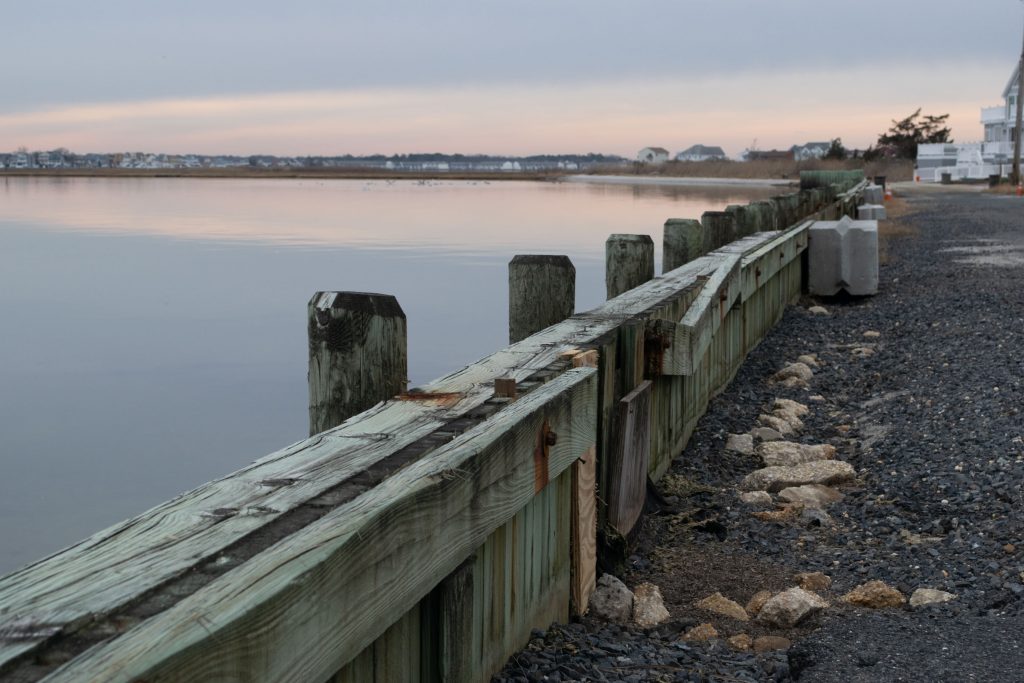Brick Township has a “sunny day flooding” problem in neighborhoods on both its mainland and barrier island portions, and will dedicate $1.5 million in funding each year to see through numerous projects aimed at combating what has become a plague to residents.
Mayor John Ducey announced his administration’s annual capital budget this week. For the last seven years, Ducey has stuck to a strict $8 million limit on capital project spending in an effort to reduce Brick Township’s debt load. But with tens of millions of dollars of debt reduced, combined with significant calls from residents to tackle flooding issues, Ducey said this year should serve as an exception and funding should be added to improve infrastructure.
“We have the most waterfront property in the state of New Jersey because of our rivers, lagoons, the bay and the ocean,” Ducey said. “Usually, the rain is what creates flooding, but that’s not what we’re talking about here in Brick Township. These streets are inundated with water and we’re going to do $1.5 million per year, minimum, to alleviate this the best we can.”
The township’s capital budget for 2021 includes:
- 10 tide check valves ($50,000 each).
- Normandy Beach street elevations ($2.5 million).
- Channel Drive bulkhead ($220,000).
- Rochester Drive bulkhead ($17,500).
- Dredging and permitting costs ($330,128).
The Normandy Beach street elevations are part of an ongoing project, complete with state funding, that is jointly being completed with Toms River since the neighborhood spans the border of both towns. The Rochester Drive bulkhead project is also a long-awaited measure that will bring significant improvements to an area which often sees wind-driven flooding at high tide in addition to the more common flooding events.
The locations of the tide check valves will be announced when the projects are placed for bid. The dredging portion of the budget mainly consists of developing plans to comply with New Jersey’s strict permitting laws for dredging and finding a location for dredge materials to be placed after the work is completed, even when no toxins or other harmful materials are found in the sand. A dredging master plan that is currently under development would, essentially, act as a town-wide dredging permit. The township will obtain the permit, then offer it to all residents to use. Brick requires neighbors to partner to dredge lagoons, however the physical cost of dredging is usually small compared to the environmental permitting costs, which will be eliminated for residents as part of the project.














